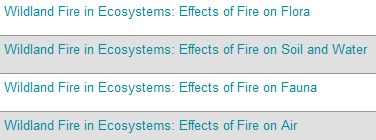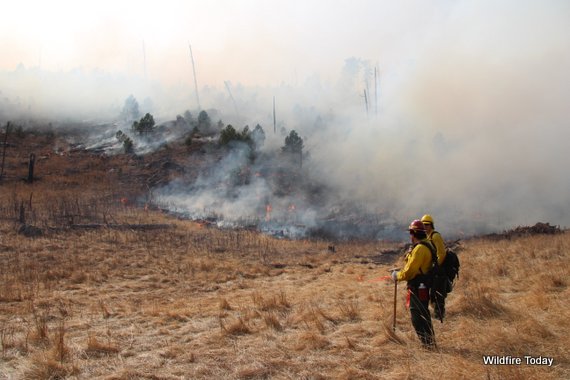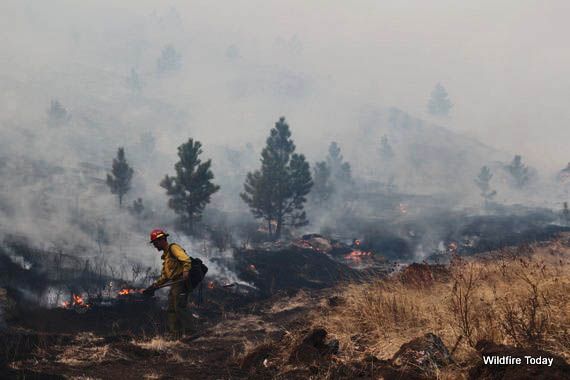Wildfire Today has learned that DARPA (Defense Advanced Research Projects Agency) has been working on an advanced air tanker in secret for the last six years. The agency will hold a press conference later today, April 1, to unveil the aircraft. The prototype air tanker that the public will see for the first time, named the Water Generating Air Tanker, or WaGAT, is made almost entirely from very lightweight carbon fiber and can carry 8,100 gallons of water or retardant.
DARPA has experience designing very advanced aircraft. Their accomplishments include stealth bombers, the Internet, GPS, cloud computing, cars that drive themselves, and handheld speech translators.
Generates its own water
The most astounding feature of the WaGAT is that it only rarely has to fly back to an air tanker base in order to reload. DARPA has developed an advanced version of an atmospheric water generator that extracts water from ambient air. Their system uses bleed air from the two jet engines to compress air, producing water during the process. Their experimental prototype system takes 25 minutes to generate 8,000 gallons, but DARPA expects to reduce that to 4 to 5 minutes over the next 18 months.
Onboard retardant mixing
Working with Phos-Chek, the two organizations have co-developed an onboard hopper and mixing system to combine long term fire retardant dry powder with the onboard-generated water, creating standard liquid fire retardant. Thomas Figgenbottom, Director of Research and Development at Phos-Chek, said their company and DARPA have also developed a highly concentrated dry retardant powder enabling a small amount of powder to treat a large quantity of water. The new hopper and mixing system will convert 475,000 gallons of water into conventional liquid long term fire retardant, or enough for 58 loads of 8,100 gallons each.
Refueling
The WaGAT will have an optional receptacle for aerial refueling enabling the aircraft to remain airborne over a fire almost indefinitely. After it makes 58 drops (or more if it splits the loads from the 8,100-gallon tank) it could simply drop plain water for hour after hour. Frank Shovelmeister of the National Park Service, which in July will be taking over the lead from the U.S. Forest Service in managing the federal air tanker fleet, has started preliminary talks with the Air Force Reserve about providing a refueling tanker when the National Prepardness Level reaches 4 or 5.
Availability
We talked with Merle F. Appenzellar, the Director of Operations at Air Tractor which makes the AT-502B single engine air tanker, about the WaGAT. He said they will need to learn more about the aircraft, but they may be interested in obtaining a license to manufacture the WaGAT at their Olney, Texas factory. It would take them about two years to tool up, he said, and the first Air Tractor-manufactured WaGATs could be flying about three years after they obtain the license and technology.






